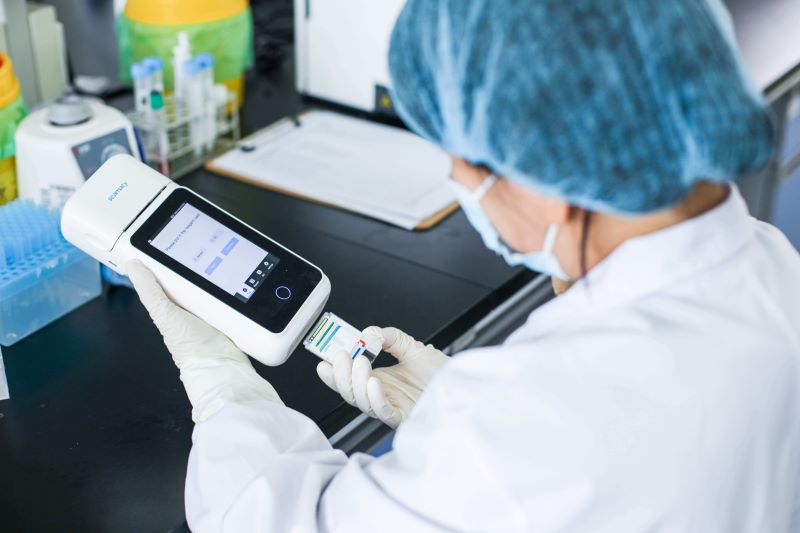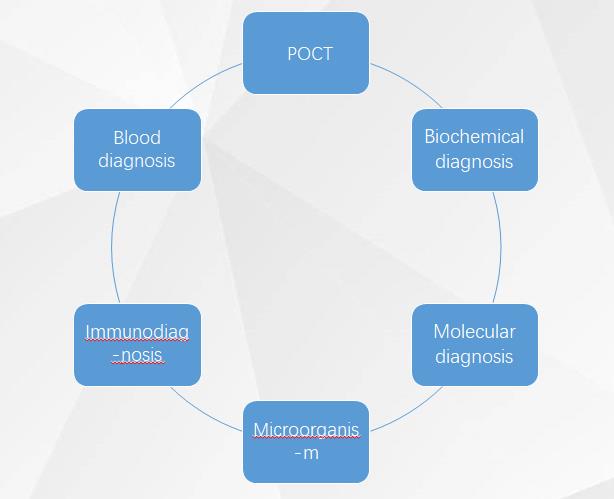1. Why do biochemistry analyzers need to be calibrated?
Calibration is to find a reference point, which is a K value (or F value). It is determined by the biochemical machine and the state of the reagents. When we determine a specimen, whether you are using manual methods or fully automatic biochemical analyzer, the measured value is just an absorbance. This absorbance means nothing to us. We have to convert this absorbance into a concentration or enzyme activity. The K value is what we find out by calibration. The general minimum requirement is to have a reagent blank with a standard, and after instrumentation to determine the two absorbances.
K = (standard concentration - reagent blank) / (A standard - A reagent blank)
(Reagent blank is usually 0)
The concentration of the standard solution is known to us. These two absorbances can be measured by the instrument. This gives a K value. Whatever the specimen, multiplying its absorbance by the K value gives us the answer. Therefore the K value is very decisive and can determine the accuracy of the specimen.
2. Determinants of K-value
Let's see what the K value will be affected by? First, the concentration of the standard solution must be accurate (the standard solution should preferably be the same as the specimen with serum as the matrix). Second, the absorbance of the standard solution and the absorbance of the reagent blank must be accurate. The absorbance is affected by the condition of the instrument and the condition of the reagents. If your biochemical machine is fairly stable, reagents are a major factor affecting K-values.
3. How to determine the K value is correct?
We generally use QC sera to check. It is best to have two levels of QC sera to check. If the QC results are good, it can be said that the K value is accurate. The patient's result calculated with this K value is also accurate, so the K value is very critical.
4. The true nature of K value
The K value actually represents the slope, and the intercept represents the reagent blank, which changes every day. So the stability of K value determines your biochemical instruments and reagents. If the instrument and reagents are stable, then the K value is also very stable.
5. How often is the calibration appropriate?
This depends on the stability of your reagents. If the quality control result is not good, some items can be solved by doing reagent blank, while some items need to do two-point calibration.
6. Whether daily calibration can guarantee stable results?
Not necessarily. Maybe you do not dissolve the calibration solution every day when you calibrate. Because some items are not stable after re-dissolving the calibration solution, such as: TBIL, DBIL (decomposition by light), GLU (bacterial decomposition), enzyme items (degradation by re-dissolving after freezing). Solution: The above items must be newly dissolved in a bottle of calibration solution when calibrating, at least for 30 minutes, and be measured within 1 hour.


